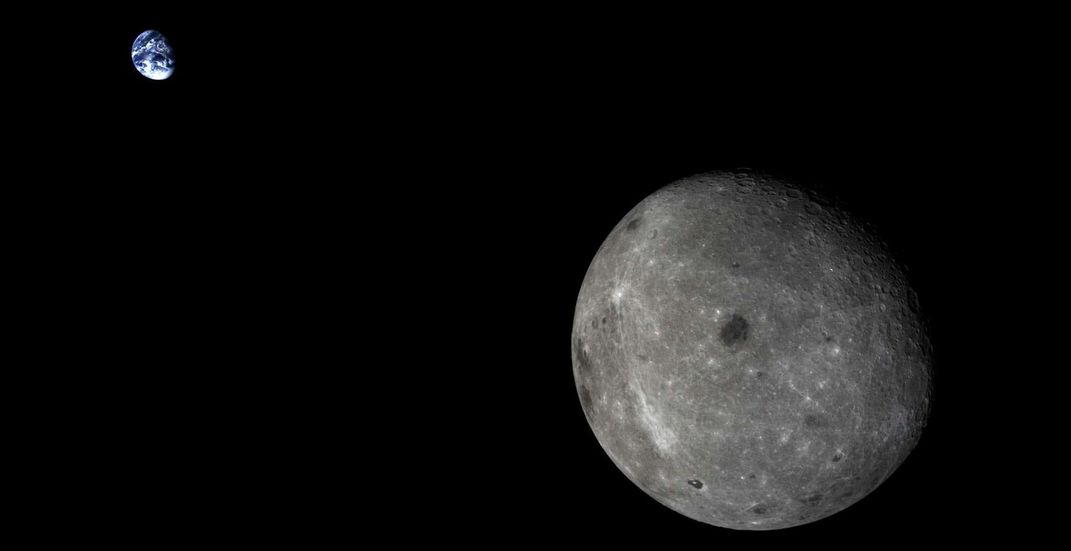China Picks Up the Pace
A second Chinese space station launches on a new rocket, and the schedule of moon landings accelerates.
/https://tf-cmsv2-smithsonianmag-media.s3.amazonaws.com/filer/0c/fc/0cfcb624-771c-4485-aef2-e460007de782/shenzhou_10_crew_landed.jpg)
China plans a record 20 launches in 2016, including the debut of a new heavy lift rocket (the Long March 5) from the new Wenchang site—the nation’s fourth spaceport—in southern China. The LM-5 can deliver about 25 tons to low orbit, putting it in a class with the U.S. Delta IV Heavy and Europe’s Ariane V.
The new rocket is expected to launch China’s second small space station, Tiangong 2, to orbit in June. Three astronauts will arrive shortly thereafter in the Shenzhou-11 spacecraft, followed by the launch in September or October of the new Tianzhou-1 cargo ship—China’s equivalent to the Progress, Dragon and Cygnus vehicles that supply the International Space Station. (Tianzhou will ride on yet another new launcher, the Long March 7.) With all these pieces in place, China will continue to hone the fundamentals of space station operations—logistics, life support, docking and undocking—as practice for the construction of a more substantial station in the late 2010s and early 2020s.
Chinese lunar exploration is poised to enter its so-called “third phase” (having demonstrated both orbital and surface operations), with the launch of a robotic sample return mission next year, which will demonstrate the ability to take off from the lunar surface and return to Earth. That will be followed by a (robotic) landing on the lunar far side in 2018—a first for any nation—and placement of a relay satellite in an Earth-moon orbit. Chinese space officials have talked of human missions to the moon after 2030, which would require the super heavy-lift Long March 9, now in the early design stage.

Chinese ground-based astronomers, who historically have lagged behind their European and American counterparts in terms of access to large observatories, also will have something to celebrate in 2016, when the world’s largest single-dish radio telescope, called FAST, goes into operation. With a dish diameter of 500 meters, it is expected to outperform the current largest dish in Arecibo, Puerto Rico in terms of sensitivity.
Last month the International Astronomical Union approved a new name for a dusty patch of ground in the lunar Sea of Rains: Guang Han Gong, Chinese for “moon palace.” It marks the site where the Chang’e-3 spacecraft and Yutu rover touched down and explored in December 2013. Most place names on the moon are Latin or European, or (if discovered more recently) Russian or American. The 22 new Chinese names approved in December by the IAU may tell you something about the moon’s likely future.
Before Chang’e-3 made the first lunar landing in almost 40 years, it was still possible, barely, to think of China’s space program as second-tier. Nobody would say that now. In fact, the U.S. Defense Department, in its most recent report on Chinese military capabilities, called it “the most dynamic space program in the world today.”